Emergence of Edge Computing Solutions
The emergence of edge computing solutions is reshaping the kvm market. As organizations seek to process data closer to the source, the demand for KVM technologies that support edge computing is likely to grow. Edge computing reduces latency and enhances performance, making it an attractive option for various applications. The US edge computing market is projected to reach $100 billion by 2027, indicating a robust growth trajectory. This trend suggests that KVM solutions, which enable efficient management of edge devices, will play a pivotal role in the evolving landscape of the kvm market.
Expansion of Cloud Computing Services
The expansion of cloud computing services is significantly influencing the kvm market. As more businesses migrate to cloud-based solutions, the demand for KVM technologies that support cloud infrastructure is rising. KVM solutions facilitate seamless integration and management of virtual machines in cloud environments, which is crucial for operational efficiency. The US cloud computing market is anticipated to reach $500 billion by 2026, highlighting the potential for KVM solutions to thrive in this growing sector. This trend suggests that the kvm market will benefit from the increasing reliance on cloud services.
Increased Focus on IT Security and Compliance
The kvm market is witnessing an increased focus on IT security and compliance. With the rise of cyber threats, organizations are prioritizing the protection of sensitive data and ensuring compliance with regulations. KVM solutions offer advanced security features, such as encryption and access controls, which are essential for safeguarding IT environments. The US cybersecurity market is projected to grow to $300 billion by 2026, reflecting the heightened emphasis on security. This trend indicates that KVM technologies, which enhance security measures, are likely to see increased adoption, thereby benefiting the kvm market.
Rising Adoption of Virtualization Technologies
The kvm market is experiencing a notable surge in the adoption of virtualization technologies. Organizations are increasingly recognizing the benefits of virtualization, which allows multiple operating systems to run on a single physical machine. This trend is driven by the need for efficient resource utilization and cost reduction. According to recent data, the virtualization market in the US is projected to grow at a CAGR of approximately 10% over the next five years. As businesses seek to optimize their IT infrastructure, the demand for KVM solutions that facilitate virtualization is likely to increase, thereby propelling the kvm market forward.
Growing Need for Enhanced Data Center Management
In the kvm market, the growing need for enhanced data center management is a significant driver. As organizations expand their IT operations, the complexity of managing data centers increases. KVM solutions provide essential tools for remote access and management, enabling IT administrators to monitor and control servers efficiently. The US data center market is expected to reach a valuation of $200 billion by 2026, indicating a robust demand for effective management solutions. This trend suggests that KVM technologies will play a crucial role in supporting the operational efficiency of data centers, thus driving growth in the kvm market.

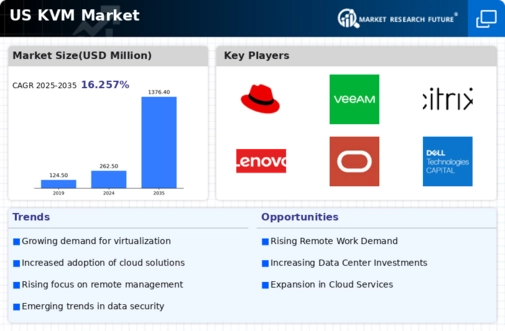
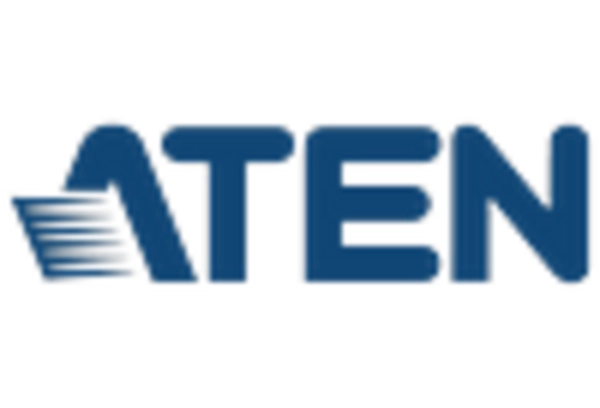
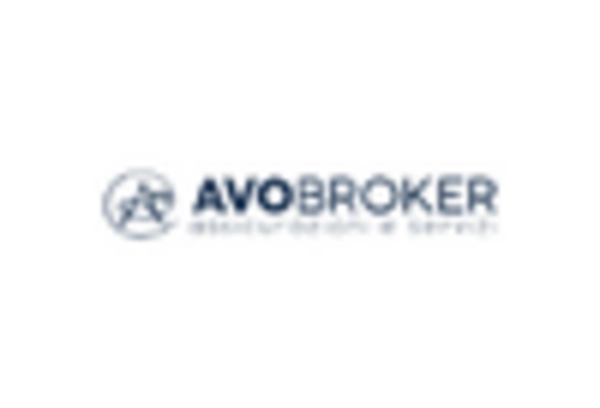


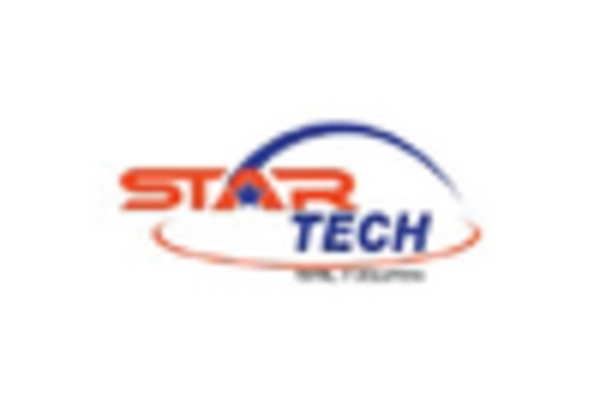
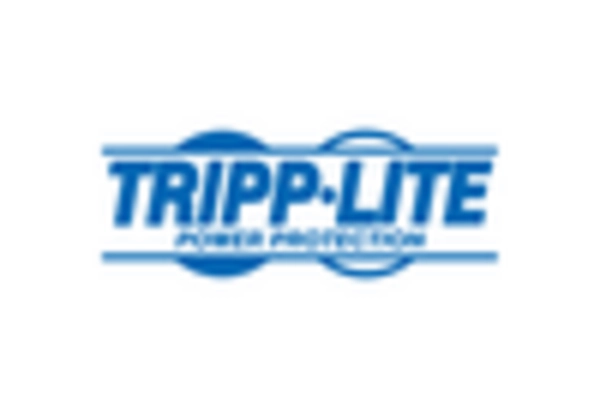








Leave a Comment